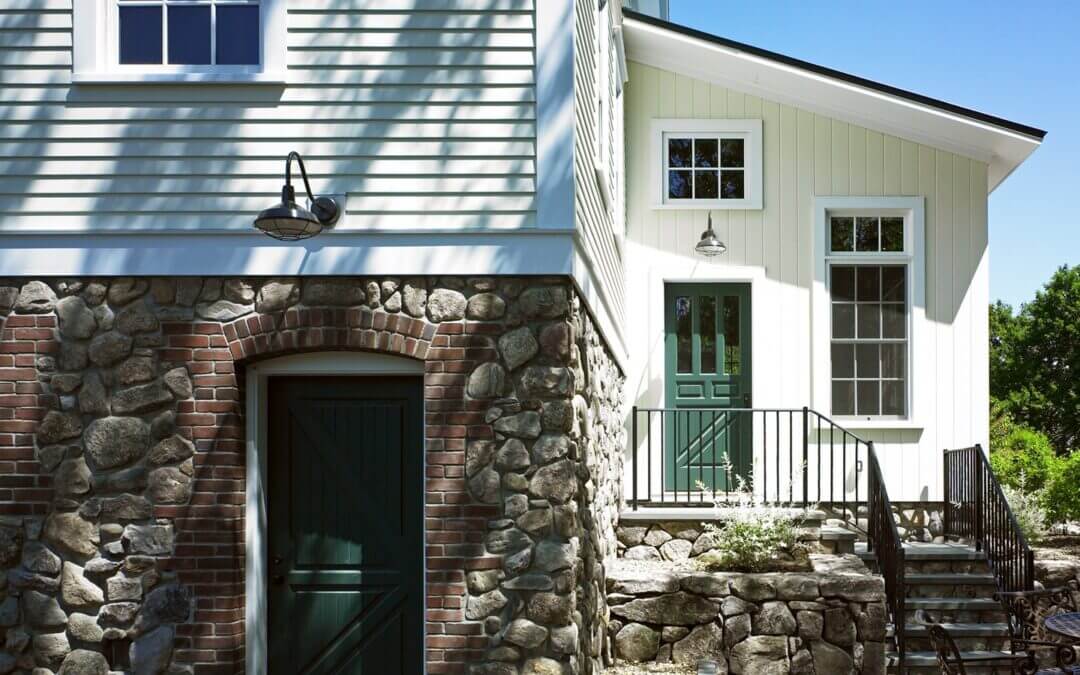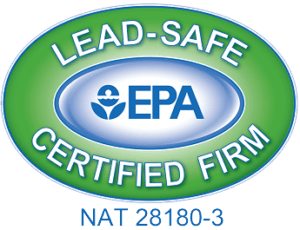When chatting with potential customers they’ll often refer to the need for a primer to help with a color change. This is a common misperception; in fact using a primer to hide a color or effect a color transition is wasting a good product. Primers are typically formulated to seal porous surfaces like new plaster or drywall, bare wood, etc. Specialty primers will ensure good adhesion to existing glossy or dense surfaces, and others will seal water soluble wood stains.
But for effecting a color transition, it might be the worst possible coating. Since they are formulated for specific tasks, they are not usually heavily pigmented so ineffective at covering existing colors. A finish paint on the other hand, like Benjamin Moore’s Aura or Sherwin Williams’ Emerald, is highly opaque and therefore much more effective at hiding an existing color.
And now just to get really particular … Aura does offer a first coat product, or Foundation coat, that addresses truly dramatic color changes. For example, applying a bright red over a white wall would ordinarily be an exercise in futility – red is a ‘shy’ pigment – it scoots around on the wall as you brush or roll over it and thus covers poorly. Applying a foundation coat facilitates this transition by laying down a blocking color – this could be a gray or brown hue that complements the topcoat’s color values and opacity.
I know we’re getting nerdy here.
So, what about the big push towards self-priming paints? We believe some of the hype, but not all. A simple rule of thumb – the more expensive the paint, the better it will perform as a primer and finish coat. If you’re looking at the shelves in a big box store and are tempted by the $23 special that advertises self-priming, just remember the old saw; if it sounds too good to be true, it probably is …



